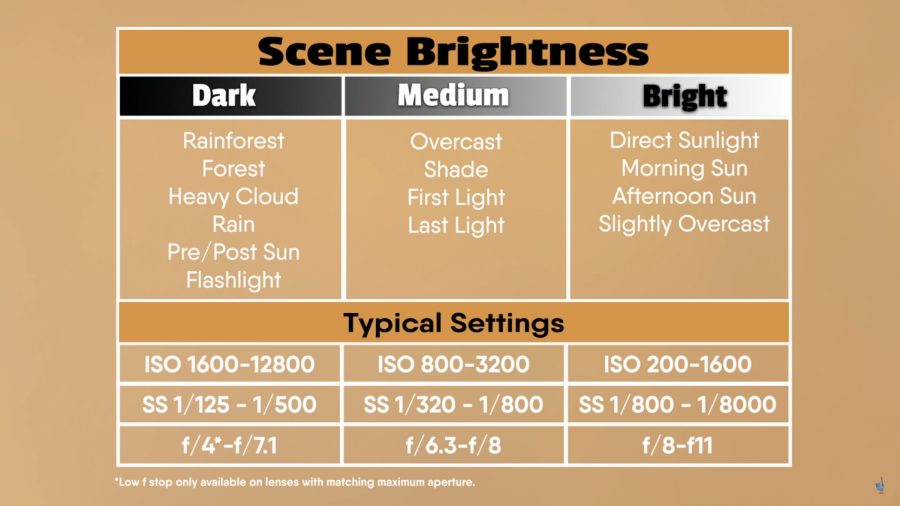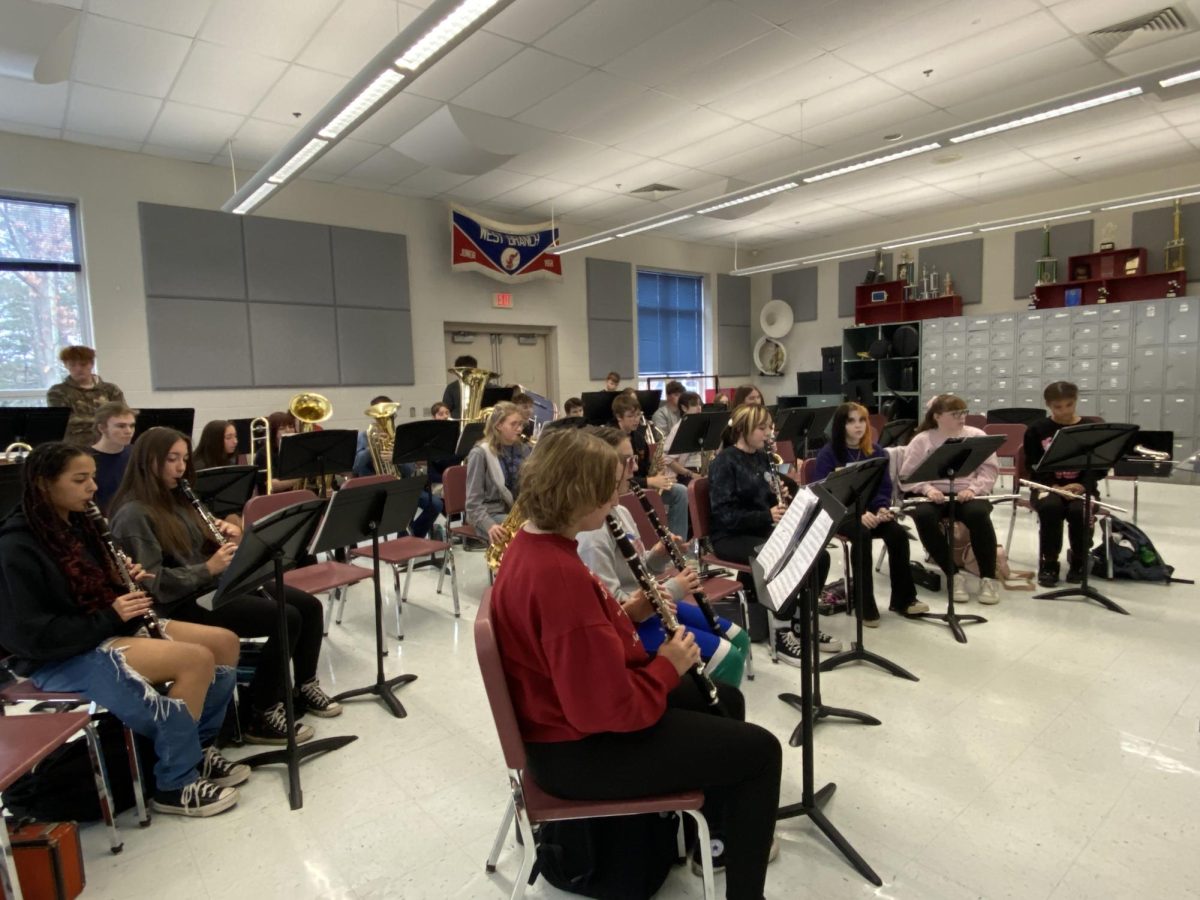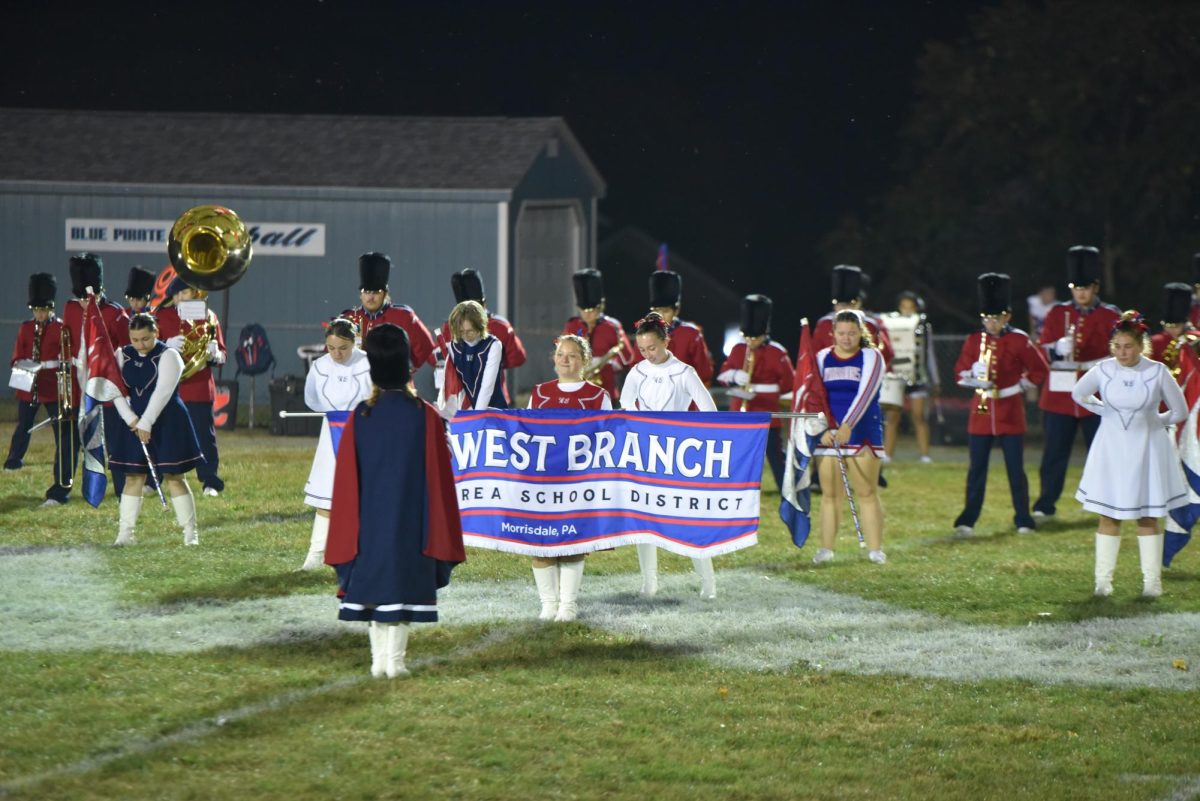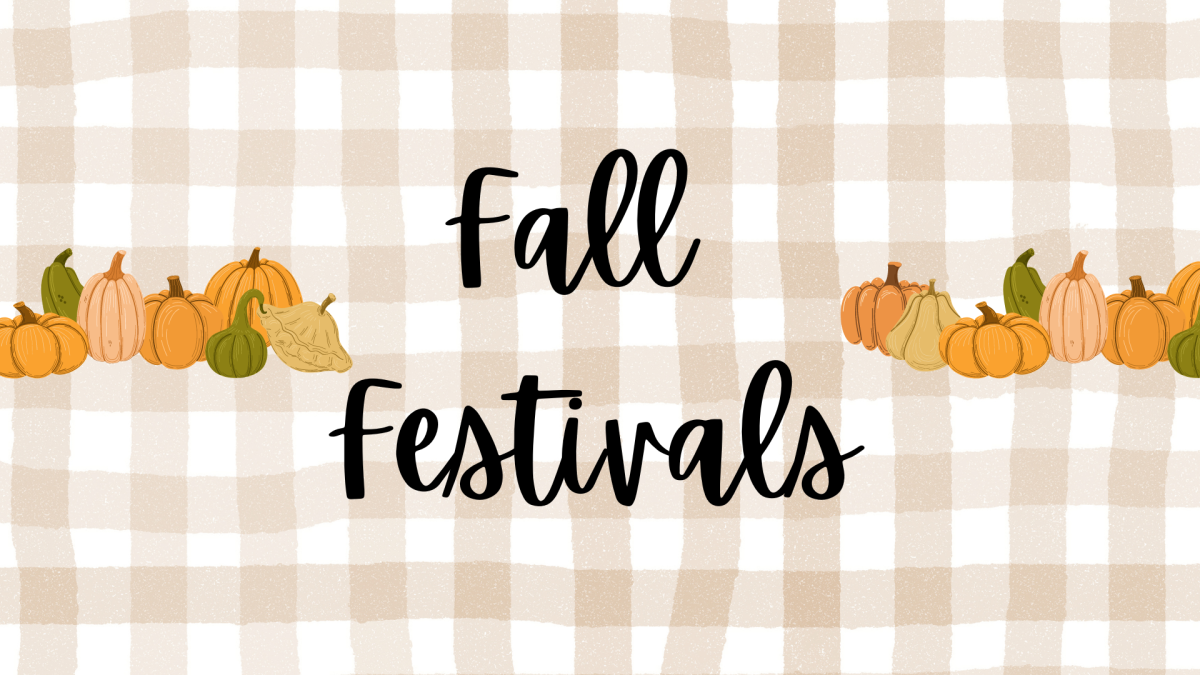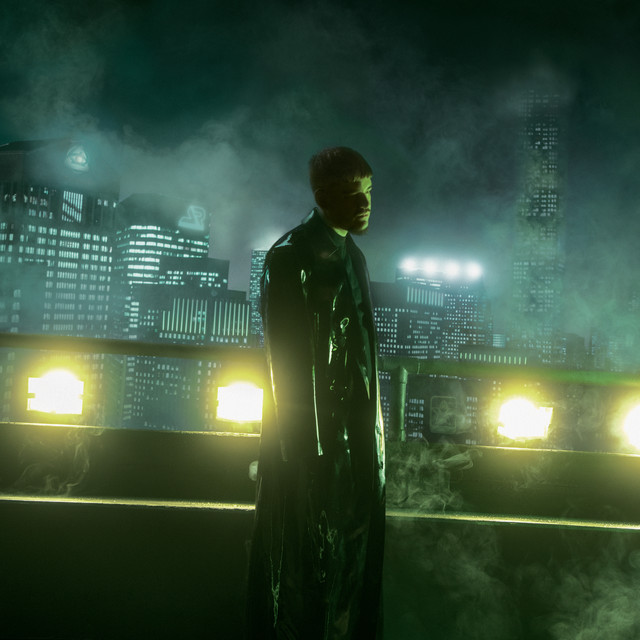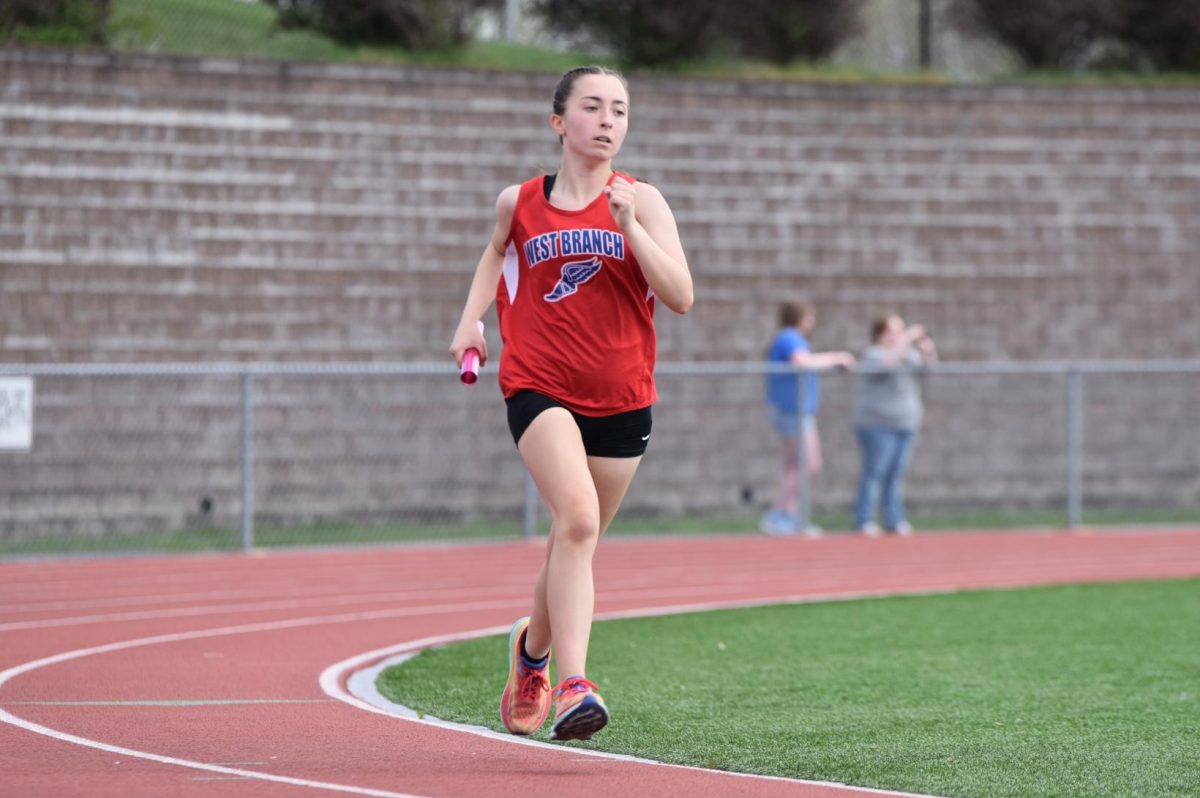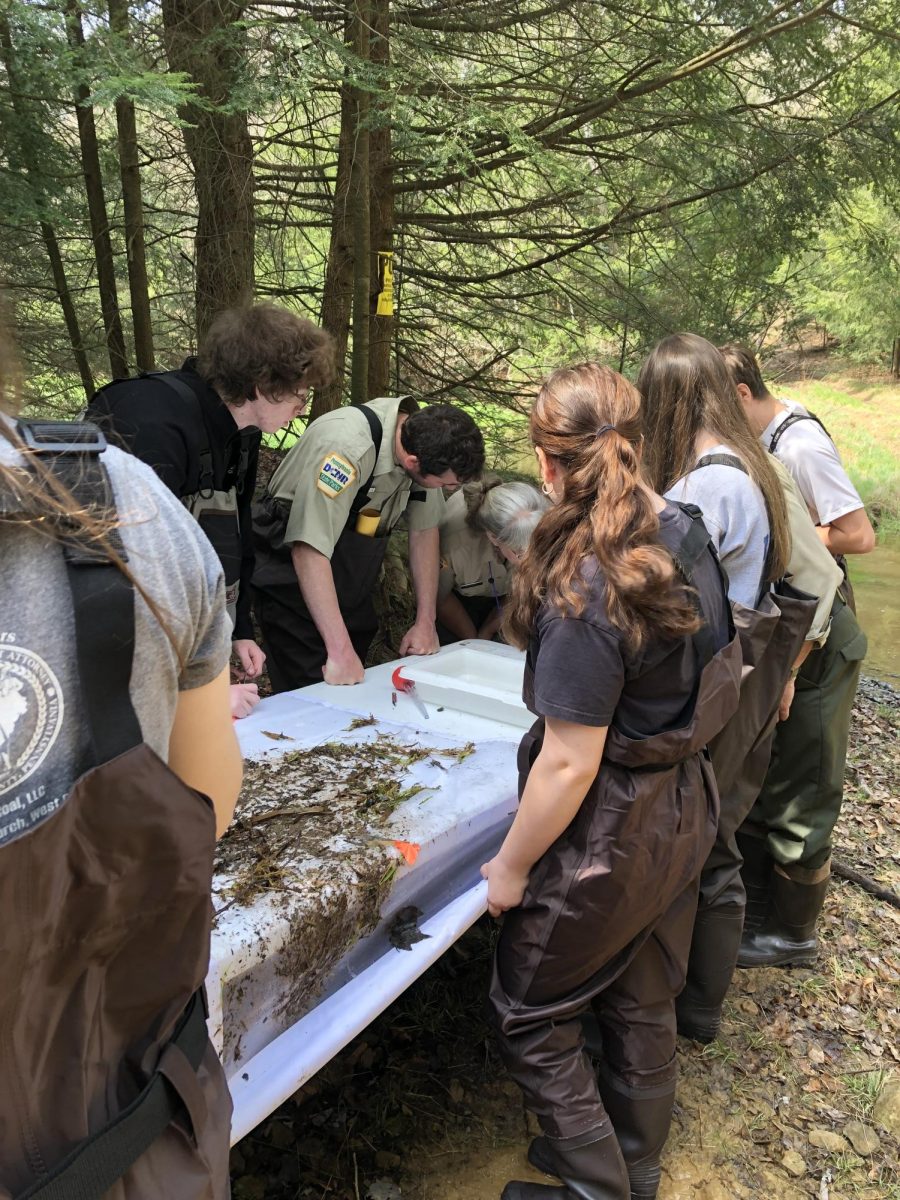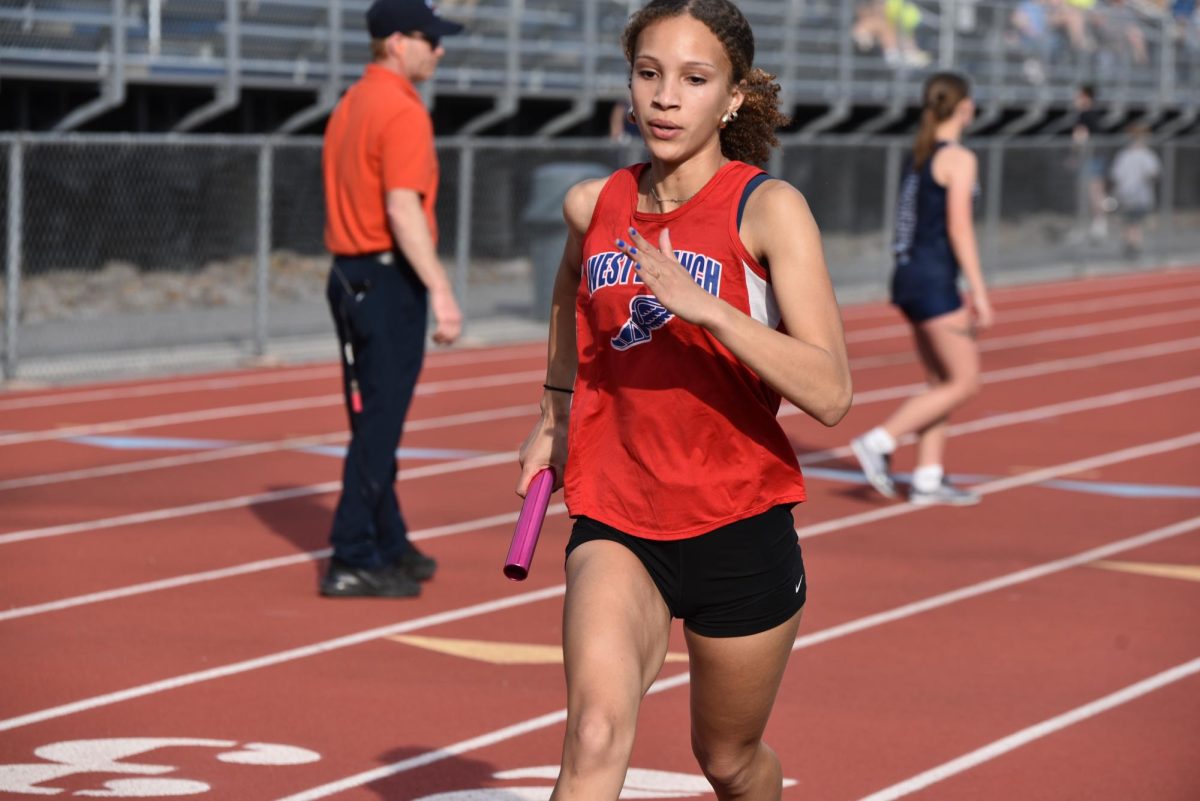If you are interested in nature photography, you undeniably need the equipment for taking photos. You may already have equipment at home; even if it is an old camera and lens from your parents, it can still aid you in your journey. If you have a camera, you can use it to become familiar with the controls, settings, and how to operate it. Though it may not take the most pleasing pictures, understanding controls and settings are crucial for taking excellent photographs.
Getting new equipment is a serious investment, so you must research which camera is most suitable and is within your budget. There are a few paths to travel down. For example, starting at a lower budget, an older camera like a Canon 70D and choice of lens, and later replacing the 70D with a new mirrorless, but much more expensive, camera body. Anyone who is confident in a photography career could invest in a high-end camera immediately. However, it does not always matter how good the equipment is. Just get something within your budget, and like photography YouTuber Duade Paton says, “it all comes down to what you get for your money”.
Where you should go to find your subject depends on what you want to photograph. State parks and wildlife reserves are always good options. If you are trying to find something specific, like a particular bird species, you must research its habitat, migration, feeding locations, etc. You have to get out there and find areas where wildlife is abundant. But be patient, don’t get discouraged if nothing shows up.
Make sure to plan the journey ahead of time for optimal weather conditions. More ambient light assists in taking the best pictures, so going out during overcast or dark periods throughout the week is not recommended. Always bring all the supplies and equipment for the trip, like a tripod, a camera bag to keep your camera safe, backup batteries, etc. If you are traveling a lengthy distance, bringing enough water and snacks is a good idea.
Lastly, remember that it isn’t just about taking good pictures; it’s about the experience and connecting with nature. Even if you don’t get many opportunities to take good pictures, try to have fun out there.
Resource: https://www.americanforests.org/article/10-nature-photography-tips-for-beginners/



